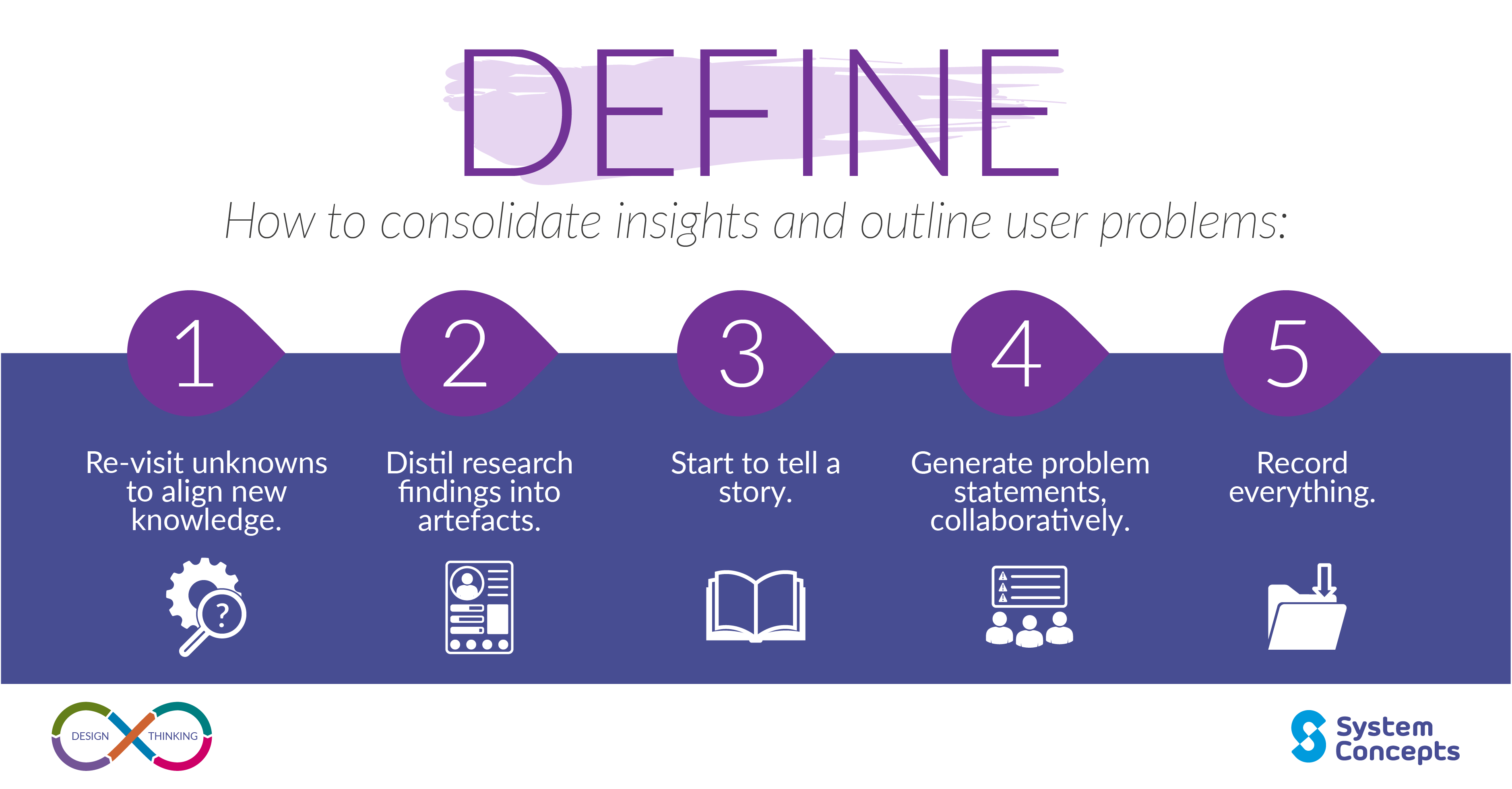When we talk about what it means to define something, we're really getting at the heart of figuring out its main features or what it’s all about. It’s like when you try to put into words the exact sense of something, or what makes it what it is. This idea of giving something a clear boundary, so to speak, helps us all get on the same page about what we’re discussing, you know? It's pretty important, as a matter of fact, to have that kind of clarity in our conversations and even in how we build things.
The act of defining, in a general sense, involves saying or setting forth the message of a word, a phrase, or really anything at all. It’s about making plain what something is and what its boundaries are, or what it is like. We do this all the time, perhaps without even thinking about it, when we explain what something means to someone else. It's how we share ideas and make sure everyone grasps the same concept, which is that pretty vital part of communication.
This need to be clear about things extends beyond just everyday talk. In many fields, including the world of computer programming, getting these meanings just right is absolutely key. Whether you're trying to explain a new idea or set up specific instructions for a computer, the way you define things makes all the difference. We will explore this further, particularly as it relates to how things are defined in code, which is that quite specific area.
Table of Contents
- What Does It Mean to Define Something?
- Looking at How We Use the Word "Define"
- The Preprocessor's Role in Defining Things
- Where Do These Definitions Live?
- Can You Define TMU from the Command Line?
- What Are Macros, Anyway?
- Different Ways to Define TMU in Programming
- The Core Idea Behind Defining TMU
What Does It Mean to Define Something?
To figure out or spot the main features or what something is all about – that’s the basic idea of defining. When you define something, you show, describe, or state clearly what it is and what its boundaries are, or what it is like. It’s like drawing a clear picture with words, so to speak, so that everyone can see the same thing. This act of explaining and describing something, especially a word or a phrase, helps us get a solid grasp on concepts. You know, it helps us make sure we're all talking about the same thing, which is that pretty essential part of communication.
How We Define TMU in Everyday Talk
In our daily chats, we often find ourselves needing to define things for others. It could be explaining a new term we heard, or maybe describing a new place we visited. The way we define TMU, for instance, in a regular conversation means we’re trying to give a clear picture of its nature or its main qualities. We might say what its purpose is, or what it looks like, to help someone else grasp it. This is a very common part of how we communicate and share information, and it's something we do almost without thinking about it.
Looking at How We Use the Word "Define"
There are many ways we use the word "define" in a sentence. It can mean to say what the message of something is, especially a word. For example, you might ask someone to define a word you don't know. It can also mean to explain and describe something, giving more detail than just a quick meaning. This is a bit like when you try to trace the exact outlines of something, to make it perfectly clear. So, it's not just about a simple meaning, but about laying out the whole picture, which is that quite helpful thing.
Practical Ways to Define TMU
When we think about practical ways to define TMU, we’re talking about making its meaning or its features very clear. This could involve giving examples of how TMU is used, or showing what its limits are. It’s about making sure there’s no confusion about what TMU represents or what it does. This can involve determining or fixing its characteristics, making sure everyone knows what they are. So, you know, it’s about providing that kind of complete picture.
The Preprocessor's Role in Defining Things
In the usual way of building programs, like in C or C++, the very first thing that happens is that a special helper program, called the preprocessor, starts its work. This preprocessor checks through the source files for particular commands, which we call preprocessor instructions. One of these important instructions is `#define`. This instruction is a special before-compile command in C# too, and it comes from older C preprocessor commands. It sets up a special symbol that the program builder will use later. It’s a bit like giving a quick command or a shortcut that the computer will understand, which is that quite clever part of programming.
How #define Helps Define TMU in Code
When you use `#define` in your code, you're essentially giving a name to something, like a number or a piece of text. For instance, if you write `#define x 5`, the program builder will take that value, which is 5, and put it anywhere you use 'x' in your program. It's a way to define TMU, or any other symbol, so that the compiler knows what it means and can insert the correct information. This helps create the final compiled piece of the program. It's a very basic but very powerful way to set things up in code, you know, to give them a specific identity.
Where Do These Definitions Live?
It’s interesting to think about where these definitions, created with `#define`, actually apply. The reach of a `#define` is kept to the file where it’s set up. This means that if you create a quick command using `#define` in one source file, it won’t be ready to use in a different source file. So, these definitions are quite specific to their immediate surroundings. It’s a bit like a rule that only applies in one room of a house, and not the whole building, which is that pretty important detail to remember.
Limiting the Scope When You Define TMU
Because the reach of `#define` is restricted to the file it’s in, when you define TMU using this method, you are also limiting its availability. This is a deliberate choice in programming, to help keep things organized and prevent conflicts between different parts of a larger program. So, if you define TMU in one part of your project, you know it won’t accidentally affect another part unless you specifically make it available there. It’s a way to keep things tidy and predictable, which is that quite helpful feature for developers.
Can You Define TMU from the Command Line?
Most program builders will let you set up a quick command, or macro, right from the command line. This means you can give a definition, like `#define MY_SETTING 1`, when you tell the compiler to build your program. This is a handy feature because it lets you change how your program behaves without having to go into the source code and change things directly. It provides a flexible way to define TMU or other settings for your program as it’s being put together, which is that pretty useful option.
What Are Macros, Anyway?
Instructions that you set up using `#define` are called macros. And macros are used in many different ways. We can use them, for instance, to build parts of our program only under certain rules. This is called conditional compilation. It means that some sections of code might only be included in the final program if a specific condition is met, which is that quite powerful capability. Macros are essentially shortcuts that help you manage your code in a more flexible way, offering a lot of applications.
Using Macros to Define TMU Conditionally
One of the main applications of macros is to define TMU, or other program elements, based on conditions. For example, you might have a macro that sets a certain value for TMU only if your program is being built for a specific type of computer. This conditional compilation lets you customize your program for different situations without having to maintain many different versions of the code. It's a way to make your program adaptable, which is that very useful approach in software creation.
Different Ways to Define TMU in Programming
While `#define` is a very common way to set up these preprocessor symbols, there are other considerations in programming. For instance, if basic program instructions need to set up some possibilities, you could certainly do those checks. However, that might mean more stuff and more difficulty in your code. The typical Python approach, for example, is to suppose the ideal situation, where all data kinds are right, is being followed. This is a different philosophy for handling definitions and potential issues, which is that quite interesting contrast.
The Core Idea Behind Defining TMU
The core idea behind how we define TMU, especially with `#define` in programming, is about setting up clear instructions for the program builder. It's about giving a symbol a specific meaning that will be put into the program wherever that symbol is used. This process ensures that the program understands what it needs to do, based on these early definitions. It’s a fundamental way to shape how a program behaves, and it's pretty central to how computer programs are put together, which is that very foundational concept.


